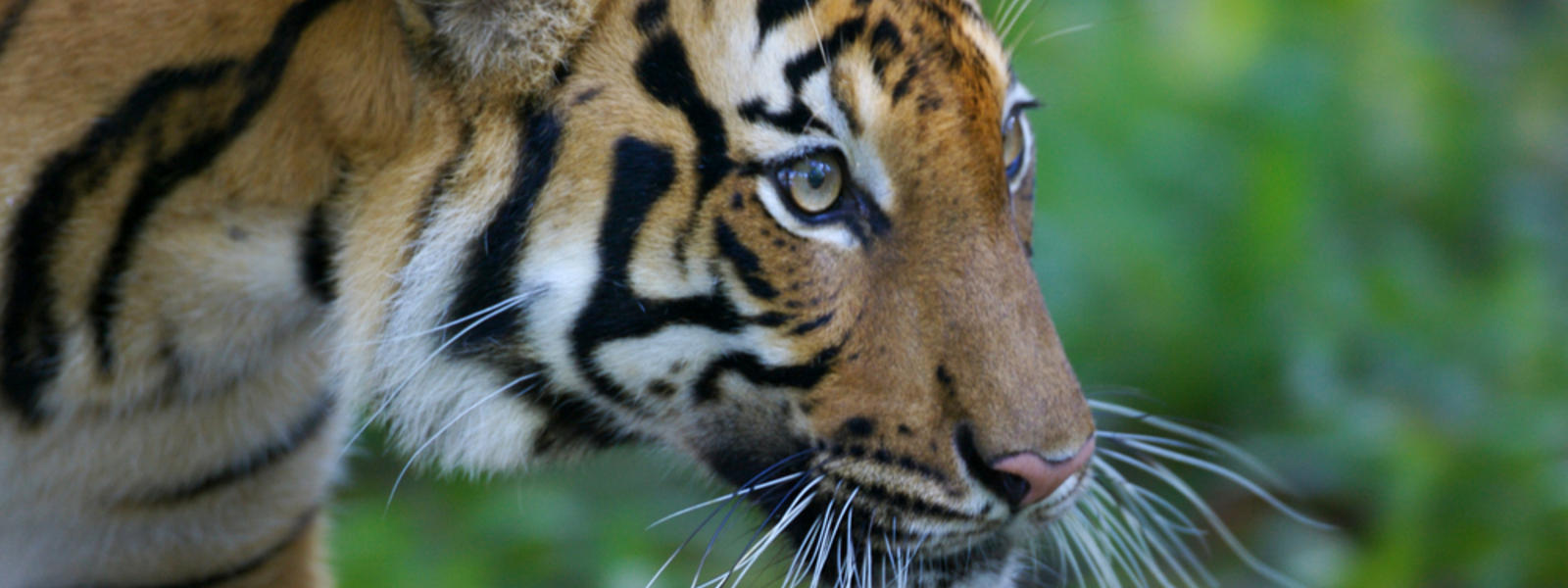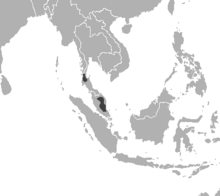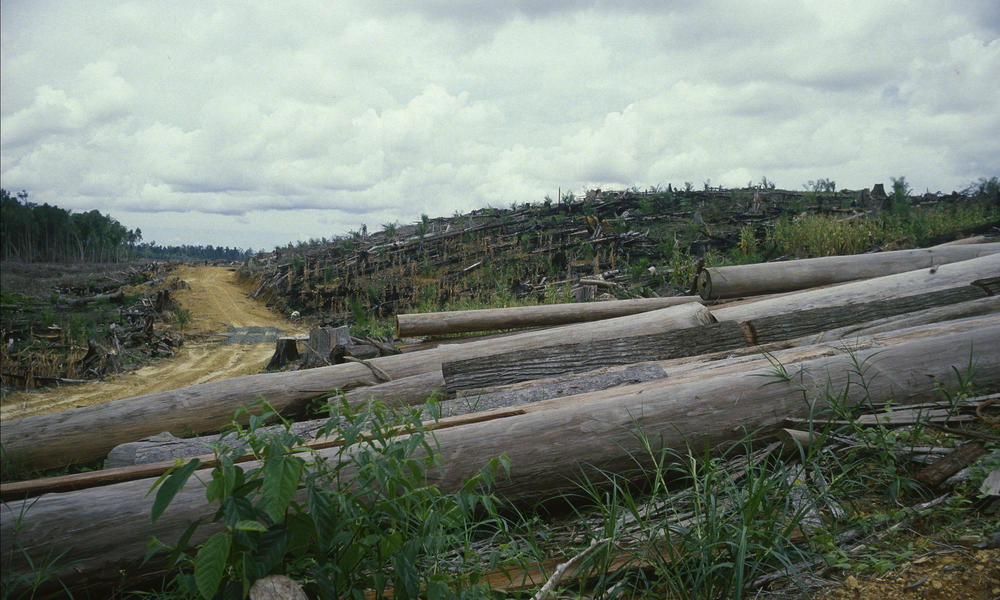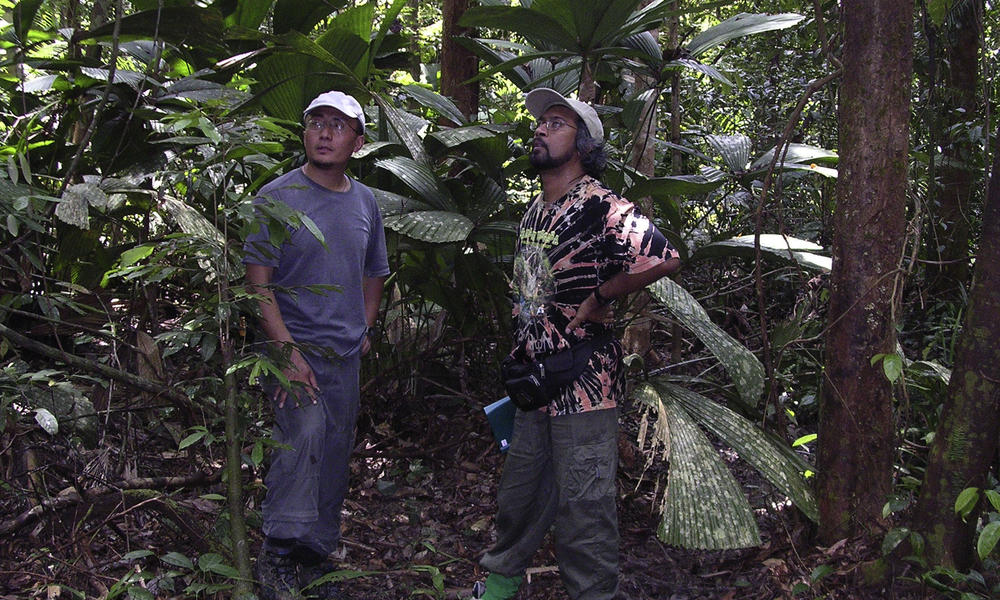MALAYAN TIGER:
 |
| By WWF |
Malayan tigers were classified as Indochinese tigers until DNA testing in 2004 showed them to be a separate subspecies. Their Latin name—Panthera tigris jacksoni—honors Peter Jackson, the famous tiger conservationist. Malayan tigers are found only on the Malay Peninsula and in the southern tip of Thailand.
 |
| Malayan tiger (Panthera tigris jackson) map. - By Wikipedia |
FACTS ABOUT MALAYAN TIGERS:
WHY THEY MATTER:
SAVE TIGERS AND SAVE SO MUCH MORE
Protecting tiger habitats in Malaysia safeguards other species such as Asian elephants and mainland clouded leopards.
 |
| By WWF |
THREATS:
HABITAT LOSS
 |
| By © Sylvia Jane Yorath |
Logging operations and road development pose big threats to Malayan tiger habitats. Conversion of forests to agriculture or commercial plantations results in frequent encounters between tigers and livestock.
The cost to farmers can be high—livestock loss due to tigers is estimated to have cost more than $400,000 from 1993–2003 in Terengganu, one of the poorest areas in Peninsular Malaysia. In retaliation, tigers are often killed by authorities or angry villagers. Tigers killed as “conflict” animals often end up on the black market, creating a link between human-tiger conflict and poaching.
ILLEGAL WILDLIFE TRADE:
 |
| By Phys.org |
Poachers have infiltrated the forests of Malaysia and plundered its wildlife, including tigers. Malaysian wildlife is in high demand in Asian markets for use as folk medicine and as a sign of wealth.
WHAT IS WWF DOING:
 |
| Assessing tiger habitat in forests adjacent to palm oil plantations in Malaysia. By © Tshewang R. Wangchuk |
MITIGATING HUMAN-WILDLIFE CONFLICT
WWF has led an initiative to reduce human-wildlife conflict through better livestock management. By helping farmers build more secure cattle sheds, livestock predation by tigers has been significantly reduced. WWF also managed to reverse a 2002 decision by a Malaysian state government to eliminate all tigers.
LAND-USE PLANNING AND MANAGEMENT
WWF helps state governments make tiger-friendly planning decisions. In addition, we work on management of High Conservation Value Forests to ensure protection of tiger habitats. WWF helps the government of Malaysia designate and develop wildlife corridors to maintain connectivity between forest areas alongside road construction.
TIGER RESEARCH
WWF has helped set up camera traps to monitor tiger populations and other wildlife. These surveys help us measure Malayan tiger populations and understand their habits.
COMMUNITY OUTREACH
WWF knows that for tigers to survive, local communities must understand the importance of tiger conservation. Our education efforts include comic books describing how to avoid human-tiger conflict and a website developed for children.
FIGHTING WILDLIFE CRIME
The documentary On Borrowed Timehighlights the poaching crisis in the Banjaran Titiwangsa tiger landscape and was produced by WWF and TRAFFIC, the global wildlife trade monitoring network.
↰
The film, which uncovers a trail of wildlife crime, is a call to action against poaching and forest encroachment. The Belum-Temengor Forest Complex is one of the last refuges for amazing, yet highly threatened wildlife, such as the Malayan tiger, Asian elephant and Sunda pangolin.
 |
| By Wildlife Reserves Singapore |

Bien formulado y con esencia
ReplyDeleteEXACTO
DeleteI dont get how anyone could poach and kill a tiger that is already endangered!
ReplyDeleteI do not understand either, even if the tigers were not in danger of extinction
DeleteHow would someone feel if they were the reason(or part of the reason) that an animal went extinct. And for what, some money?
ReplyDelete
DeleteMoney moves the world, and it's full of unscrupulous people who do whatever it takes to get more